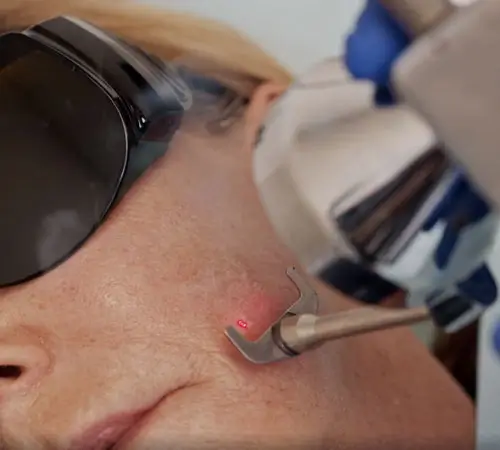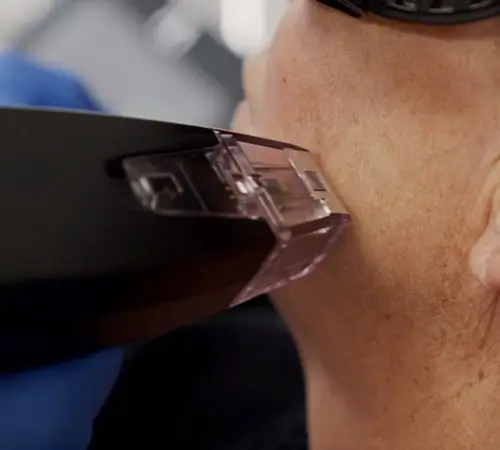A recent study by Spero J. Theodorou, MD (bodySCULPT plastic surgeon), et al titled “Plume Effect of Fractional Radiofrequency Versus Laser Resurfacing: Considerations in the COVID‐19 Pandemic” recommends that to minimize the risk of laser plume‐associated pathogen transmission during this pandemic, plastic surgeons should use devices that generate little to no plume, such as radiofrequency devices during the Phase 1 reopening of practices. It is best to avoid treatment with Er:YAG laser resurfacing devices, and these should only be “used with appropriate personal protective equipment in addition to a smoke evacuator in Phase IV reopening.” This study was published in Lasers in Surgery and Medicine on November 8, 2020.
Due to the COVID-19 pandemic, practitioners were required to re‐evaluate their aesthetic devices to ensure optimal patient safety when providing elective procedures. Energy-based devices and lasers require special consideration. This is because earlier studies have shown that the plume emitted by these devices contain tissue debris and aerosolized biological materials that could transmit viruses and bacteria.
The purpose of this pilot study was to evaluate plume characteristics of the Sciton Joule Er:YAG laser ablative resurfacing device and fractional radiofrequency InMode Morpheus8. With the knowledge of the plume characteristics of these devices, researchers were able to assess the potential risks involved and better understand how to protect themselves and their patients.
The researchers treated five patients seeking aesthetic skin resurfacing of the face and neck with the
- Sciton Joule Er:YAG laser and/or
- InMode Morpheus8 fractional radiofrequency device
Two patients underwent Er:YAG fractional resurfacing in addition to fractional radiofrequency during the same treatment session. Two had fractional radiofrequency only, and one patient had laser treatment with the Er:YAG only.
Through this study, researchers were able to provide guidance to practitioners on the potential for viral transmission by comparing the plume generated by RF-based microneedling and Er:YAG fractional skin resurfacing.
The study data demonstrated that the:
- Er:YAG resurfacing laser emits more than 4 times the particles when compared with fractional radiofrequency.
- The latter did not emit plume significantly above ambient baseline particle readings of the exam room environment.
The researchers say that further studies are required to characterize the viability of COVID-19 and its transmissibility via plume specimens. This study shows the necessity of using PPE such as masks, eye protection, and smoke evacuation systems with Er:YAG.


